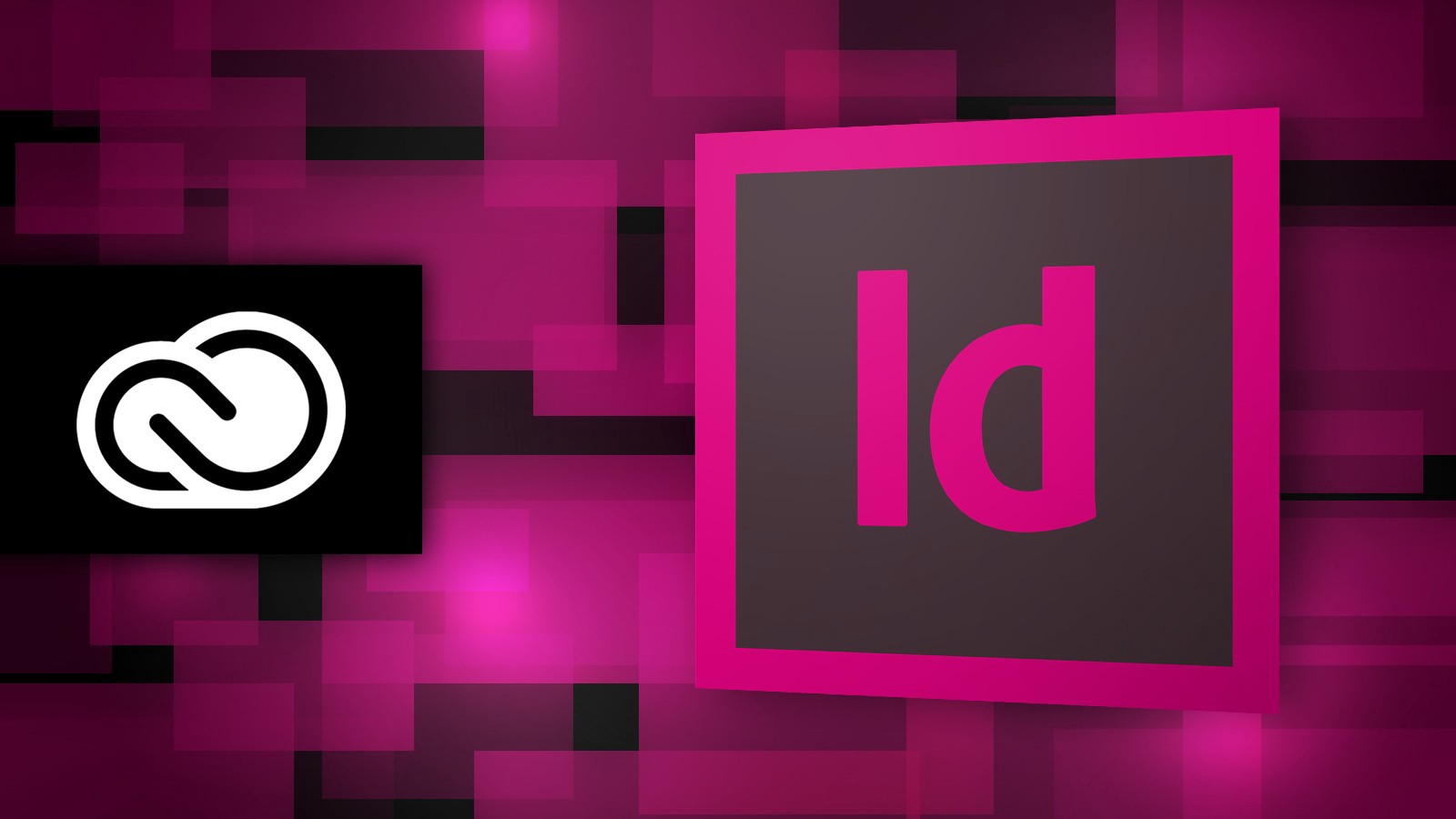Software Guidelines
These guidelines are just that – guidelines. We will take your own design work as is, in any format. Depending on the software, image quality, & fonts, the conversion could be minor to impossible. All available software on the market is capable of output to your home & office desktop printers. There is a vast difference in technology to output to a printing press capable of high volume, color printing. We will not get into the technical reasons, please just trust this concept.
1. The favored software (PC or MAC) of printing companies are:
Quark Express
Adobe InDesign
Adobe Illustrator
Adobe Pagemaker
Adobe Photoshop
2. These software packages are acceptable, but will cause some degree of difficulty:
Corel Draw
Microsoft Word
Microsoft Publisher
Microsoft Excel
Microsoft PowerPoint (most likely will not convert to press)
3. Image quality is the next concern. Resolution is important when outputting to a high volume printing press. 300 dpi (dots per inch) is most preferred while 225 dpi would be acceptable in most cases. These values are based on the image at 100% of final size. As size changes so do resolutions. If the image is 4″ x 6″ and scanned in at 300 dpi by your desktop scanner, it is 300 dpi at 100%. If you enlarge the image in your document by 50% making it a 6″ x 9″, the resolution drops to 200 dpi which is outside the lower range of 225 dpi. If you were to enlarge to 200% (8′ x 12′) the resolution would drop to 150 dpi which would yield a poor quality image in your document. Too high a resolution is fine because we can reduce the resolution without loss of picture quality. A general rule of thumb is as follows:
Example 1: Final resolution = 300 dpi original size = 4″ x 6″ final size in your document = 6″ x 9″ (150% of original size) multiply 300 (dpi) x 150% = 450 (dpi) scan your original at 450 dpi to end up with 300 dpi at 100% .
Example 2 : Final resolution = 300 dpi original size = 4″ x 6″ final size in your document = 8″ x 12″ (200% of original size) multiply 300 (dpi) x 200% = 600 (dpi) scan your original at 600 dpi to end up with 300 dpi at 100% .
4. Digital Cameras are great tools for submitting photos for printed marketing materials. Resolution is key in this medium. When using your digital camera for shots to be reproduced in print via a printing press always use the highest resolution possible on your camera. You will get fewer photos stored on the flash card but, the end results will be better, especially if you want a photo larger than 3′ x 5′ reproduced in a printed document.
5. Clipart is available in many different formats. Most over-the-counter software packages include thousands of clipart images. Though these are great for outputting to your desktop printer, they generally cause problems for your print supplier. When possible, supply the original in its native format from the CD.
6. Fonts are also very important to a print supplier. When you submit a document for output, it is important to supply the fonts used in the document. There are generally two types of fonts: screen fonts (for display on your monitor) and printer fonts (for mechanical output). There are thousands of type styles for you to use in a document but, it is best to use as few as possible in any one document. Fonts cause more problems than any other item.
Before you start your project, talk to your print supplier and discuss the project. Quoyeser Inc. does not charge for a consultation. Pre-planning with the print supplier can save a lot of grief and provide you with the product you expected without the surprises.

Quoyeser Print Solutions
PO Box 3059
Lafayette, LA 70501
(337) 233-6844 or Toll-Free:
(800) 256-6844
